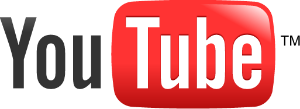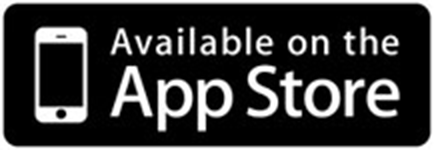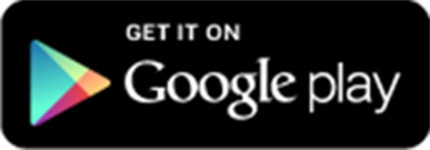The toolbar system is one of the most powerful features of Logbook Pro other than its data handling and analysis features. The ability to use software by pointing and clicking makes the user experience enjoyable as well as ensures the end-user is getting the most of their money and usage from their software.
Logbook Pro offers many options for configuring your screen with numerous toolbar options. Toolbars consist of the bar of icons just below the menu system at the top of the software, the Navigation "Side Bar" that is used exactly like the Outlook Bar in Microsoft Outlook, the Status Bar along the bottom of the screen, and various other toolbars that appear depending on the area the user is currently working. Toolbars have a "handle" on the far left side called a "grab handle" which the user can click and drag (hold the left mouse button down) and reposition the toolbar. The main toolbar can be placed at the top, right, left, or bottom of the screen, as well as right-clicking the toolbar will bring up options such as using a text only or small icon version to maximize screen space. If using a lower screen resolution (1024 x 768 or higher recommended), you can experiment by closing toolbars, hiding the status bar, etc, to get the most out of the screen real estate available. Logbook Pro is built with redundant navigation capabilities. All toolbars could be hidden and the entire software navigated strictly from the View menu, or even just using the right-click popup menus. We tailored Logbook Pro for all users, ensuring we accommodated each and every users taste in navigating a standard Windows software application.
The main toolbar is the heart of Logbook Pro's navigation, as shown in Figure 1 below. Use the toolbar to open the various main areas within Logbook Pro. If a toolbar button has a small down arrow to the right, click the arrow segment for more options and more direct navigation within the target area. Notice the two vertical bars at the far left of the toolbar, this is the "grab handle" as noted above. Clicking and dragging this grab handle will allow movement of the toolbar to either float, or dock to one of the four sides of the window.
Figure 1. Main Toolbar
The Navigation bar, as seen in Figure 2 below, offers similar navigation ability as the main toolbar, however is broken down into three major areas; Main, Reports, and Graphs. Again, view for navigation ease or hide to maximize screen real estate. Toolbars, Side Bar, and Status Bar (Figure 3) can be toggled from the View menu.
Figure 2. Side Bar
The Start Bar and Status Bar are useful as it provides the user navigation of open windows and hints depending on the area and mouse cursor location. For example, as you move from column to column in the Spreadsheet Style log, the Status Bar will provide useful information such as key combinations or explanations of the data expected in the column selected. The Status Bar also contains two buttons, Currency and Lookback, which provide details by clicking the corresponding button. Date, Time, Num Lock, and Shift Status are also available on the status bar indicators.
Figure 3. Start Bar and Status Bar









